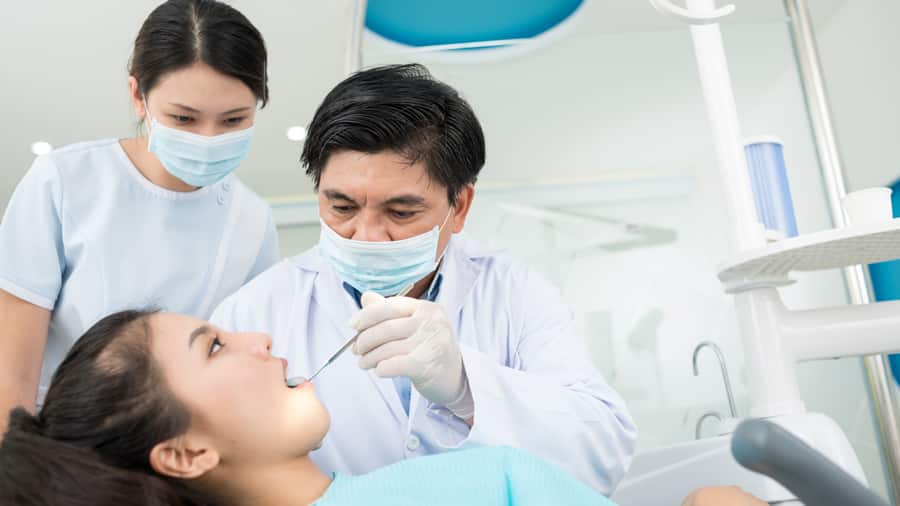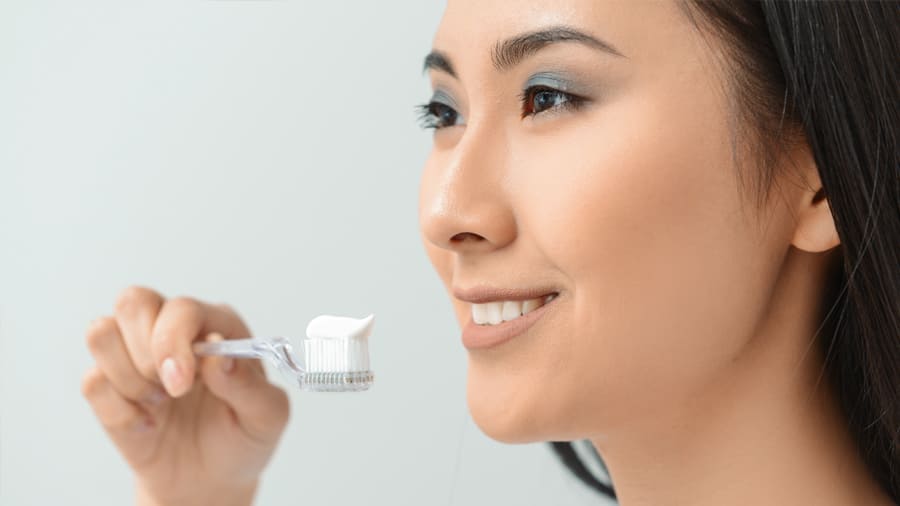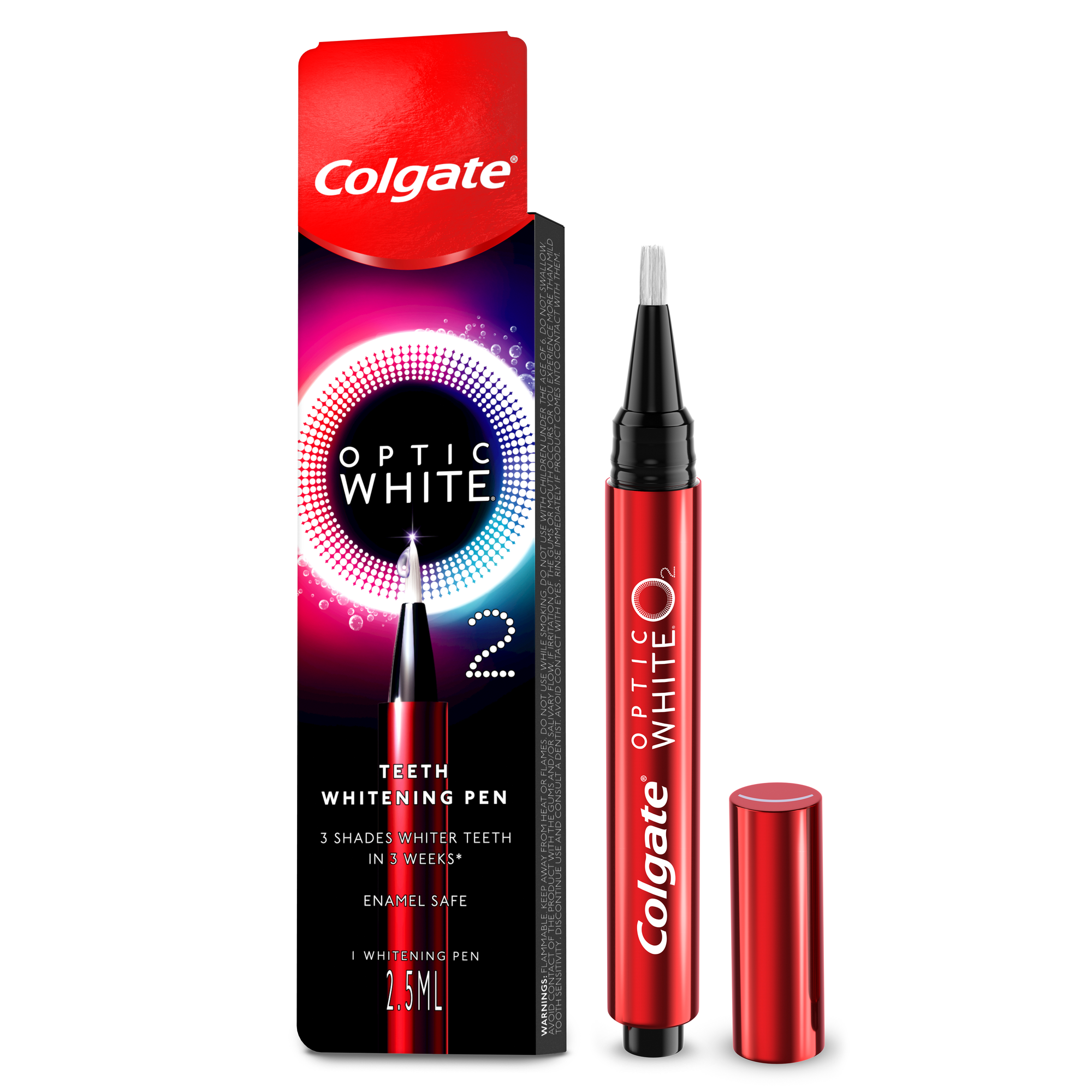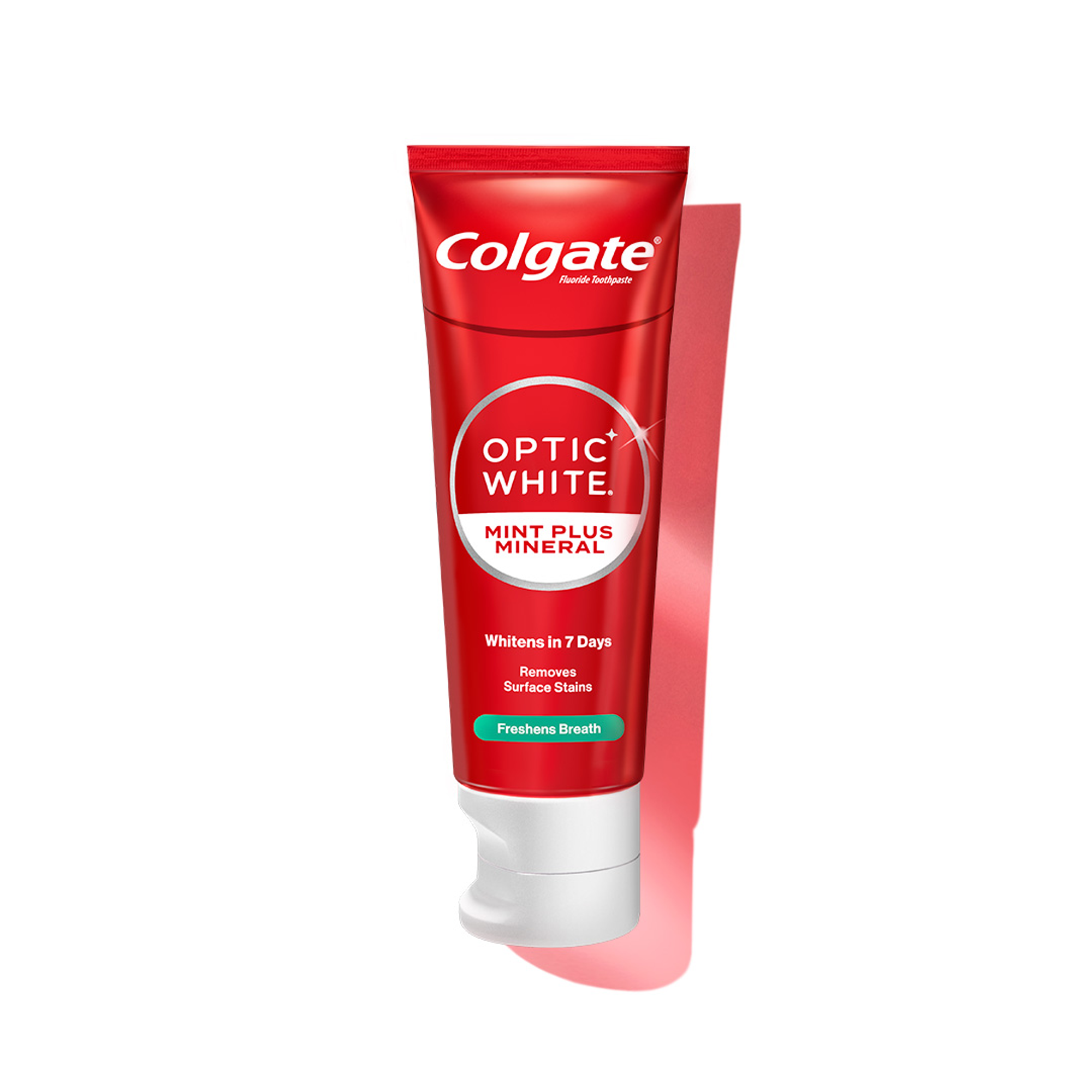Three Types of Teeth Stains
Teeth become discoloured when the tooth enamel or the underlying dentin becomes stained. You may notice dark or white spots or yellow stains. They can be simple surface stains or tougher discolouration from within. Understanding the type of tooth stain is vital to determining the right treatment. Dental professionals have identified the following three types of teeth stains:
Extrinsic Tooth Stains
An extrinsic tooth stain occurs on the enamel, the hardest outer surface of the tooth. When the enamel is exposed to pigmented foods and drinks, it absorbs the stain particles, causing discolouration. Extrinsic stains build up on the enamel and do not affect the underlying tooth structure. They are easy to remove and respond to daily oral care routines and at-home teeth whitening products.
Intrinsic Tooth Stains
Intrinsic tooth stains affect the inner tooth structure called dentin. It is a soft and sensitive layer below the enamel and is more yellow in colour. It gets exposed when the enamel thins down from wear or poor oral hygiene. Intrinsic tooth discolouration occurs as the pigments penetrate the enamel and stain the dentin. Unlike extrinsic stains, intrinsic stains are tougher to remove. They require professional teeth whitening or advanced dental procedures.
Age-Related Stains
Like other signs in the body, your teeth show signs of ageing as you grow older. You can expect to see two major changes in your teeth as you age: the dentin gets darker, and the enamel gets thinner. Together, they cause unwanted stains on teeth that are beyond your control. Like intrinsic stains, age-related staining affects the dentin of your teeth. You can manage them with in-office whitening or over-the-counter products containing advanced whitening technology.
Reasons for Teeth Stains
The natural brightness of your smile can fade due to stains on teeth, which occur for various reasons. While some of them are out of your control, most can be checked with a proactive approach to oral care. You may watch out for the following common culprits behind tooth discolouration:
Excess intake of pigmented foods and drinks like tea, coffee, berries, and red wine
Chewing tobacco and smoking which cause brown spots (nicotine stains)
Yellow tartar (hardened plaque) deposits from poor dental hygiene
Injuries and trauma that cause black, brown or grey discolouration
Excess consumption of fluoride at early ages (fluorosis)
Genetic factors and ageing that affect the thickness of tooth enamel
Additional factors include early antibiotic use, metabolic disorders affecting tooth development, untreated cavities or decay, and dental restorations like metal fillings or root canals.
How To Remove Stains From Teeth
The first step towards a bright smile is checking the common causes of stains. This necessitates good oral hygiene and changes in diet and lifestyle, such as quitting tobacco use. However, with daily exposure to pigmented foods and drinks, your teeth are likely to discolour. Fortunately, various methods are available to remove stains from teeth. They range from simple at-home methods to premium in-office treatments, as follows:
Removing Teeth Stains at Home
At-home methods to remove stains from teeth include daily oral care and proprietary teeth whitening products. One may be tempted by home remedies with kitchen staples like baking soda for teeth stain removal. However, they are unreliable, lack scientific evidence and can be potentially harmful. Here are some effective methods to keep extrinsic stains away for a brighter smile:
Good oral hygiene: Brush two times and floss once daily to clear out plaque and surface stains. Using fluoride toothpaste with a soft-bristled toothbrush prevents tooth decay and enamel damage. Rinse with mouthwash or water after consuming foods and drinks to wash away plaque and staining residues.
Whitening Toothpaste: It offers a safe way to brighten your smile from the comfort of your own home. You can easily include it in your daily routine. Proprietary whitening toothpastes contain mild abrasives that remove surface stains. Some of them offer advanced whitening technology that works beyond the enamel to lighten deep-set stains.
- Whitening Pens: These pens offer a convenient solution to tackle teeth stains amidst a busy schedule. They include a whitening formula, such as a gel or serum, that lightens teeth stains. After brushing, apply a thin layer of gel on the teeth and leave it on for the suggested duration.
- Teeth Whitening Gel: It is available over the counter or from a dentist. Whitening gel contains stronger bleaching agents and is applied using a tray to hold it and fit around your teeth. A custom tray designed by your dentist offers a snug fit, greater efficiency and safety than a store-bought one. Talk to your dentist to know what is best for you.
- Teeth Whitening Strips: They consist of whitening gel pre-applied to strips for easy application. The bleaching agent in the gel gradually whitens the teeth. Whitening strips are convenient as they eliminate the need for trays. However, higher concentrations of the bleaching agent can cause tooth sensitivity in some people. Seek a dentist's recommendations before purchase to avoid such implications.
In-Office Bleaching
A dentist can suggest an effective solution if your teeth stains do not go away with at-home methods. Besides dental cleanings and check-ups, dentistry offers teeth whitening treatments to remove deep-set stains. In-office bleaching is the most popular treatment that removes both deep-set and surface stains. It offers instant and lasting results, usually in one sitting.
Also known as chair-side bleaching, it uses bleaching agents such as hydrogen peroxide or carbamide peroxide in safe concentrations. Dentists also offer supervised at-home bleaching using custom trays to hold the teeth stain remover gel. You can do the treatment at home as instructed, and the results are met gradually with regular use.
While whiter teeth are often seen as a sign of good oral health, various factors can cause teeth stains. Proactive dental care can help you prevent staining of teeth. At-home treatments, including whitening toothpaste, help clear out extrinsic stains. Professional whitening with a dentist removes both deeper and surface stains. Consult a dentist to choose the best whitening solutions for your unique oral needs, and keep smiling bright.
Frequently Asked Questions
1. What causes staining of teeth?
Teeth stain mostly occurs with the consumption of highly pigmented foods and drinks (such as coffee, tea, and red wine). Tobacco use, poor oral hygiene, ageing, genetic factors and excess fluoride exposure are other factors. Dental trauma, some medications and dental treatments can also discolour teeth.
2. How to remove stains from teeth?
Regular brushing, flossing and dental cleanings help remove surface stains that accumulate with daily exposure to pigmented foods and drinks. Proprietary whitening toothpaste and other dentist-recommended over-the-counter products can also help with surface stains. Professional whitening treatments may be necessary for stubborn intrinsic tooth stains.
3. Can I fix stained teeth?
Yes, stained teeth can be fixed in different ways. The right solution depends on the type and severity of the staining. Extrinsic stains can be removed with regular flossing, brushing with whitening toothpaste and using over-the-counter whitening products. For deeper intrinsic stains, professional treatments like chair-side bleaching can help.
4. Are tooth stains harmless?
Tooth stains are mostly harmless and an aesthetic issue caused by factors like pigmented foods and smoking. However, some stains may indicate underlying problems, such as enamel erosion from bacterial acids, advanced cavities, or trauma. If stains are accompanied by pain or sensitivity, consult a dentist to rule out more serious issues.














